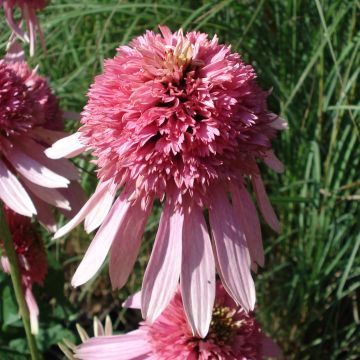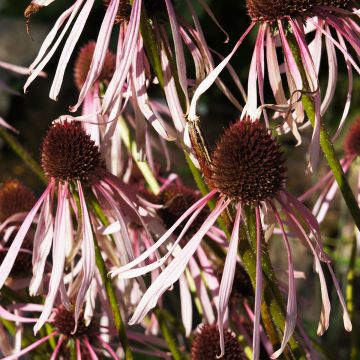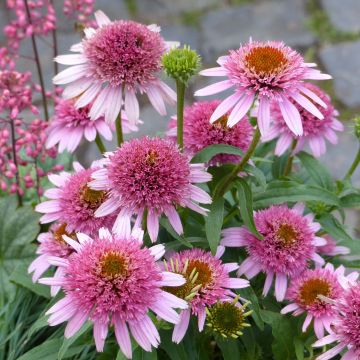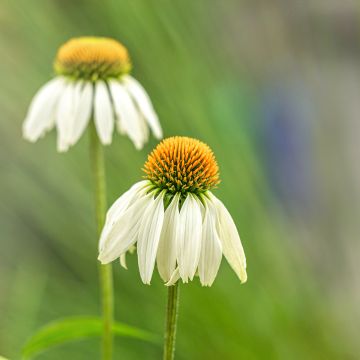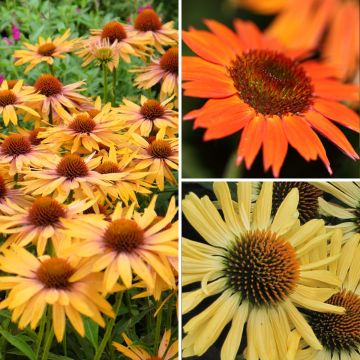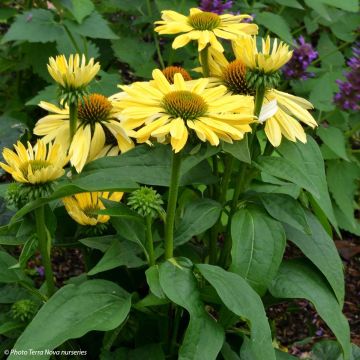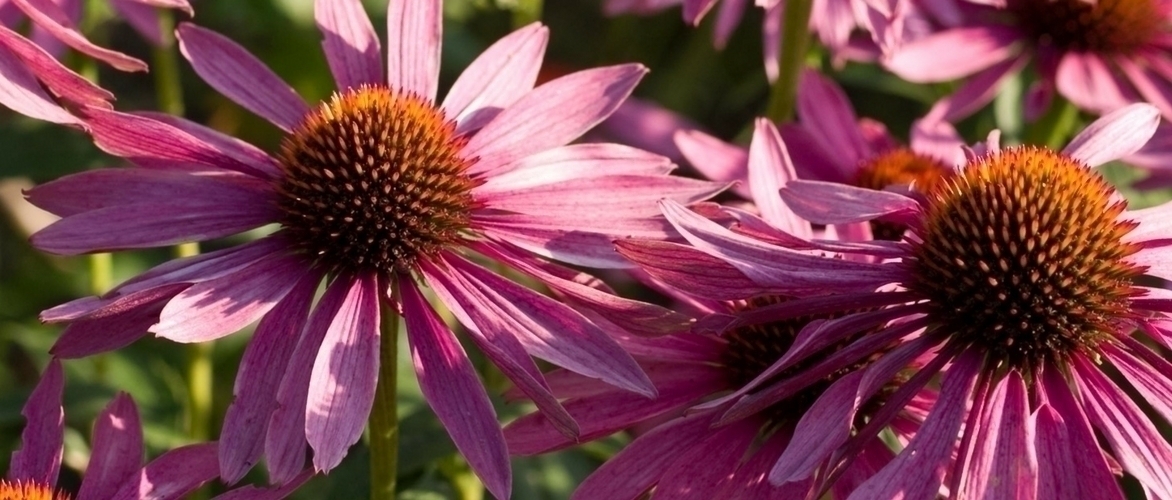
How to divide and replant echinaceas or rudbeckias?
A guaranteed comeback!
Contents
Echinaceas, also known as rudbeckias, are robust and generous perennials, highly valued for their vibrant daisy-shaped flowers that brighten up borders from summer to autumn. Easy to grow, they attract butterflies and bees, adding a wild and natural touch to the garden.
However, to maintain their vigour and continue blooming abundantly, it is advisable to divide them every 3 to 4 years. This simple operation not only rejuvenates the plant but also allows for easy multiplication, so you can enjoy them in other corners of the garden… or share them with gardening friends!
In this article, discover when and how to divide and replant your echinaceas, along with all our maintenance tips to keep vigorous clumps year after year!
When to divide echinaceas?
The division of echinaceas (or rudbeckias) ideally takes place at the end of summer or the beginning of autumn, between late September and early October. At this time, the plant enters dormancy, which reduces the stress associated with division and promotes good rooting before winter.
You may also consider dividing in spring, when new shoots appear, especially in regions with harsh winters. This allows the plant to benefit from a full growth season to establish itself properly.
Avoid dividing your echinaceas during full flowering or during periods of intense summer heat, as the plant then mobilises all its energy for flower production, making recovery more difficult.
You can divide the clumps every 3 to 4 years to rejuvenate the plant and stimulate flowering. This also prevents it from becoming too dense in the centre.
How to divide them?
To divide your echinaceas, follow these steps:
- Start by watering the plant well the day before the division. Slightly moist soil will make it easier to extract the clump and reduce stress on the roots.
- Insert a fork about 20 to 30 cm from the clump to avoid damaging the roots. Push it in deeply, then gently lever it. If the soil is compact or clayey, work in several spots around the clump to gradually loosen it.
- Remove any faded flowers, as well as dry or damaged stems. This will allow the plant to focus its energy on recovery.
- Use a sharp spade or a clean garden knife to cut the clump in half or into several sections, depending on its size. Each division should have healthy roots as well as several vigorous shoots or buds. If the clump is very dense, you can even split it by hand after a rough initial cut.
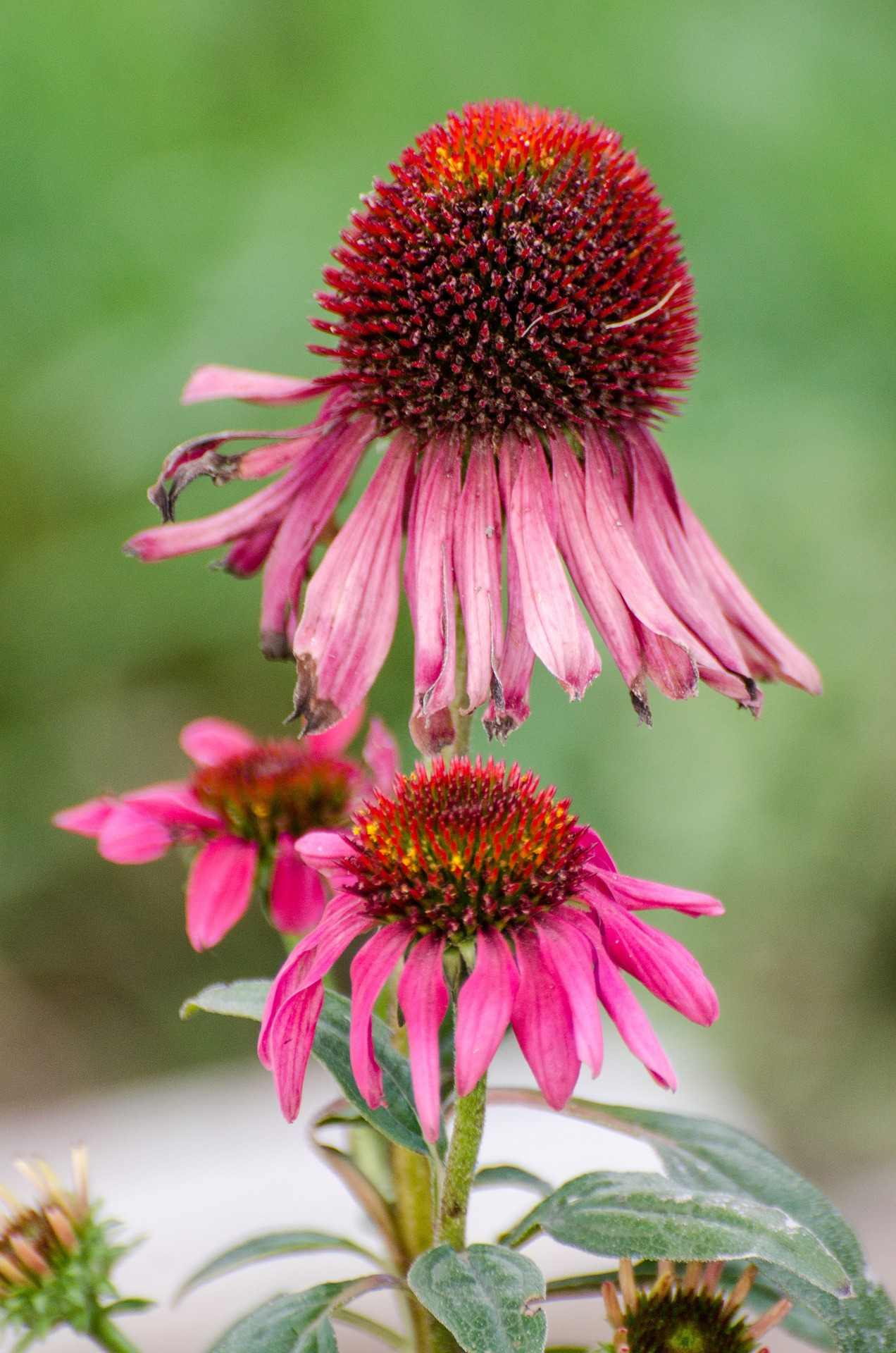
Discover other Echinacea - Coneflower
View all →Available in 1 sizes
Available in 3 sizes
Available in 3 sizes
Available in 2 sizes
Available in 1 sizes
Available in 2 sizes
Available in 3 sizes
Available in 0 sizes
Available in 1 sizes
How to replant echinaceas?
- Dig a hole twice as wide as the root ball to allow the roots to spread easily. Loosen the soil at the bottom and sides of the hole to encourage good rooting.
- Although coneflowers are low-maintenance, you can enrich the soil with a bit of well-rotted compost or a light organic amendment. This will stimulate growth, especially if your soil is poor. Chemical fertiliser is not necessary.
- Place the root ball in the hole ensuring that the collar (the base of the stems, just above the roots) is level with the soil, neither too buried nor too exposed. This avoids the risk of rot.
- Fill the hole with the excavated soil, lightly firming around the roots to eliminate air pockets. Avoid compacting the soil too much, as this could hinder root development.
- Water generously immediately after planting, even if it is raining. This helps to naturally firm the soil around the roots. Afterwards, keep the soil slightly moist for the first few weeks while the plant establishes. In case of prolonged drought, water regularly.
Good to know: The establishment of coneflowers is generally easy, but a light mulch can be helpful to retain soil moisture and protect young plants from temperature fluctuations.
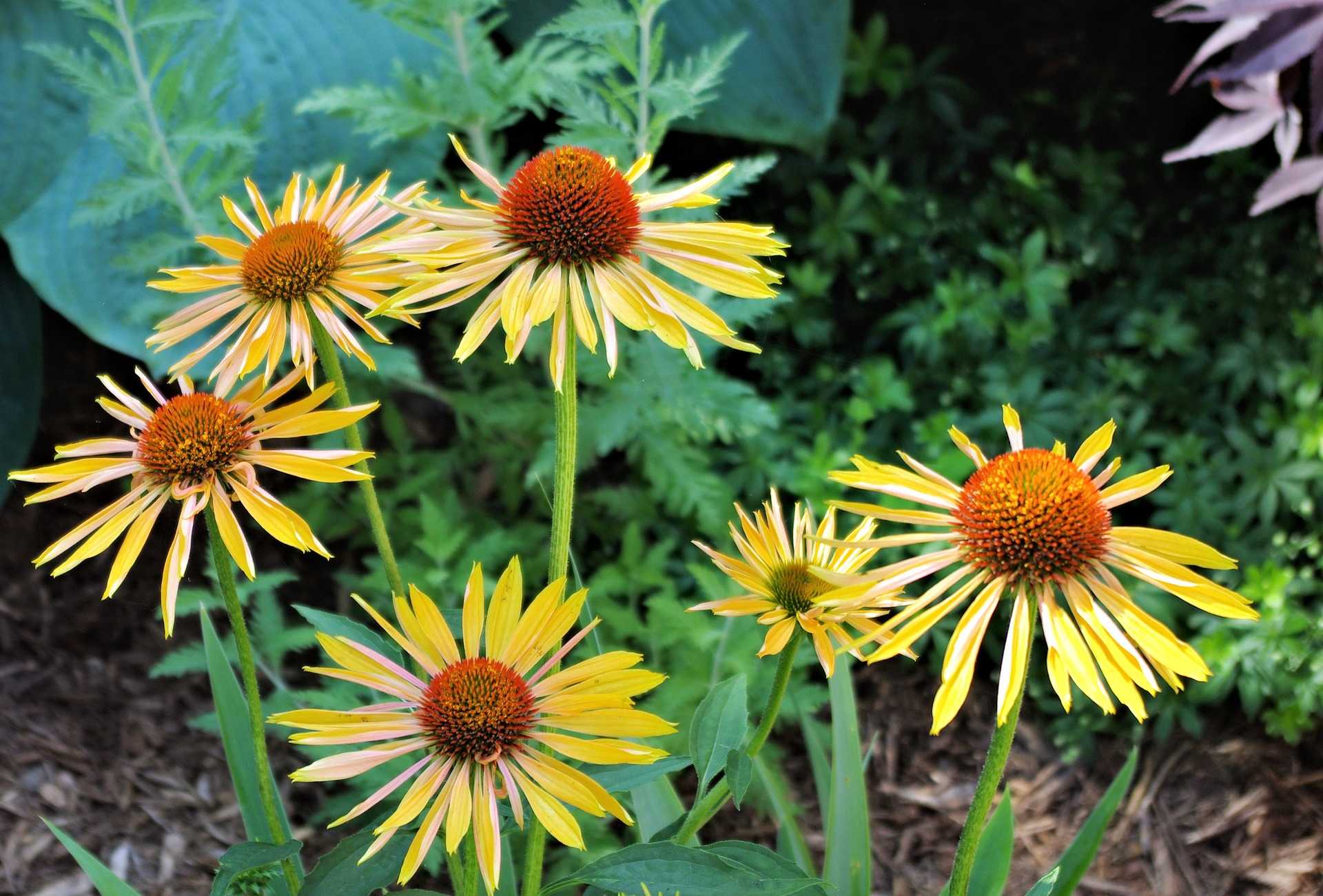
How to care for echinaceas?
Echinaceas are robust and low-maintenance plants. However, a few simple actions can help them remain vigorous and flowering year after year.
Watering
- After planting: Keep the soil slightly moist until the plant is well established.
- Mature plant: Echinaceas are drought-tolerant once rooted. Water moderately during prolonged heatwaves, especially if the soil is very dry.
Mulching
Organic mulching (bark, straw, compost) helps retain moisture, limits weed growth, and protects the roots from temperature fluctuations.
Pruning and cleaning
- During flowering: Remove faded flowers as they occur to encourage the production of new flowers.
- At the end of the season: Leave a few stems with their dried seeds if you wish to feed the birds or promote self-sowing.
- In spring: Prune the dry stems at the base to make way for new shoots.
Fertilisation
Echinaceas do not require much fertiliser. A light application of compost in spring is sufficient to support flowering. Avoid fertilisers that are too high in nitrogen, as they promote foliage at the expense of flowers.
- Subscribe!
- Contents































